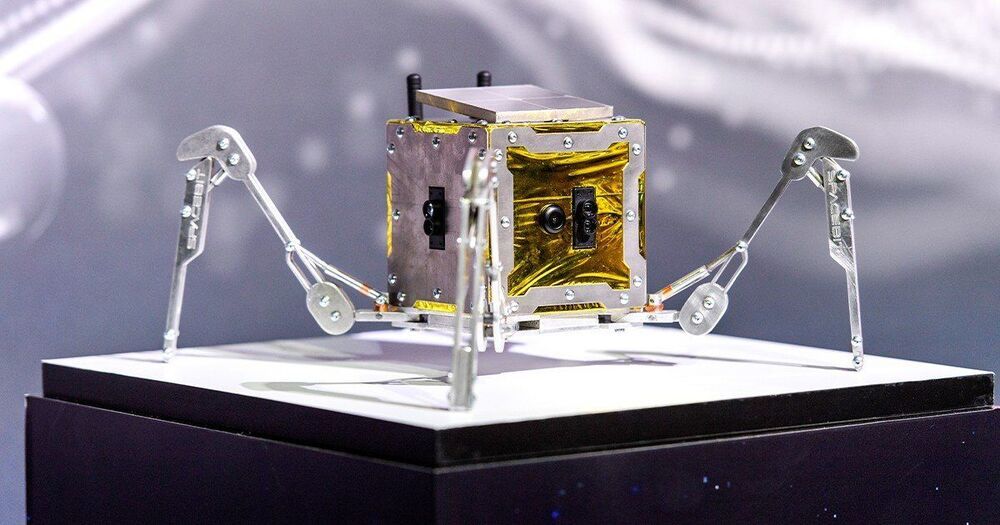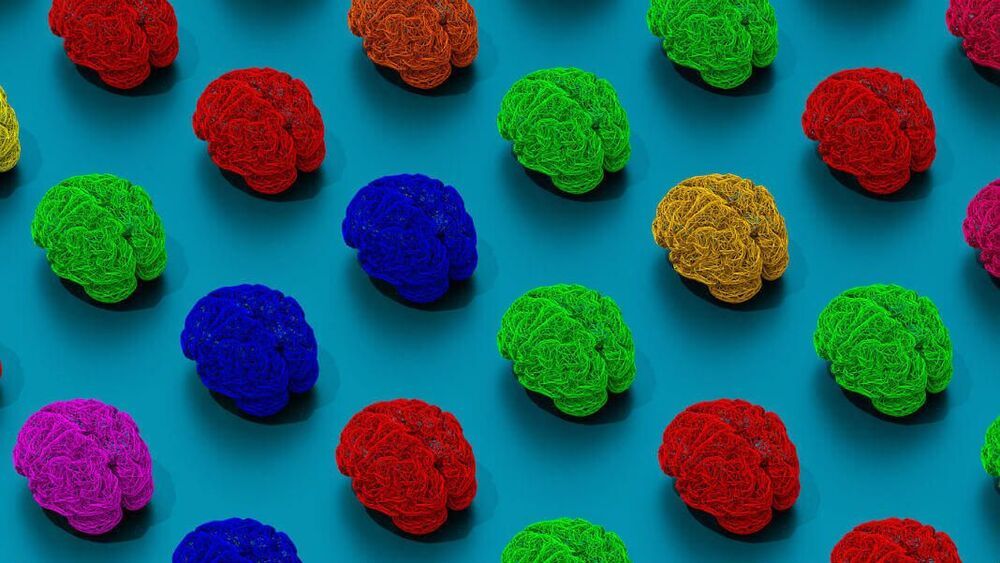Jan 16, 2021
The incredible physics behind quantum computing | Brian Greene, Michio Kaku, & more | Big Think
Posted by Gerard Bain in categories: computing, cosmology, particle physics, quantum physics
The incredible physics behind quantum computing.
Watch the newest video from Big Think: https://bigth.ink/NewVideo.
Learn skills from the world’s top minds at Big Think Edge: https://bigth.ink/Edge.
———————————————————————————
While today’s computers—referred to as classical computers—continue to become more and more powerful, there is a ceiling to their advancement due to the physical limits of the materials used to make them. Quantum computing allows physicists and researchers to exponentially increase computation power, harnessing potential parallel realities to do so.
Quantum computer chips are astoundingly small, about the size of a fingernail. Scientists have to not only build the computer itself but also the ultra-protected environment in which they operate. Total isolation is required to eliminate vibrations and other external influences on synchronized atoms; if the atoms become ‘decoherent’ the quantum computer cannot function.


















